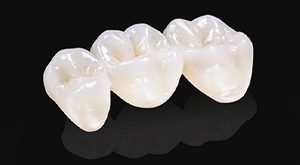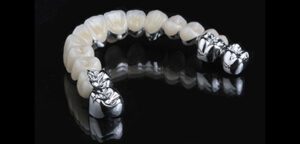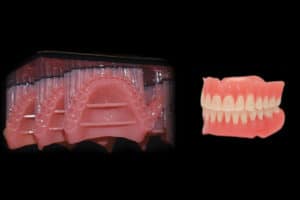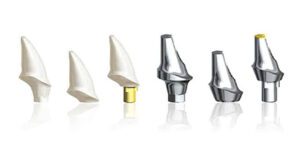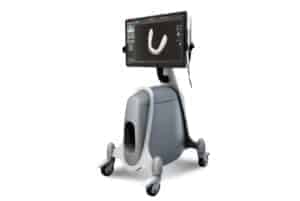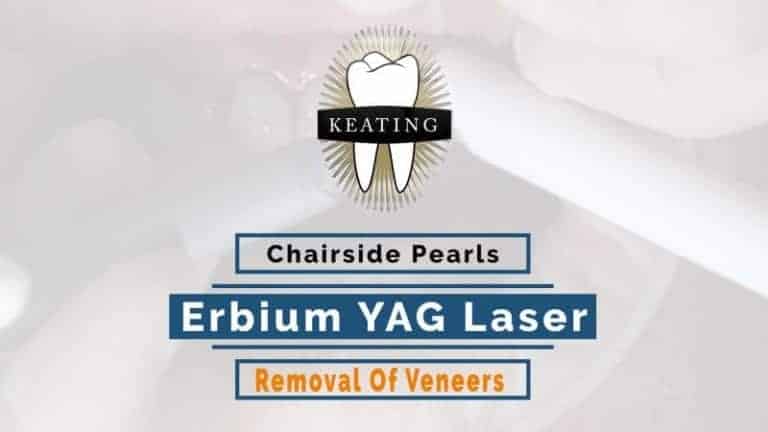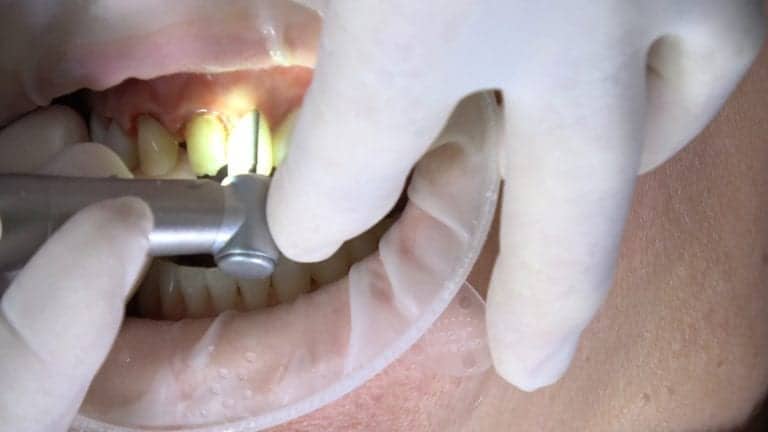Performing a clinical frenectomy procedure on a patient can not only help improve their dental care, but also their quality of life. In this video, we’ll walk through using a diode laser to perform a frenectomy. The preoperative photo in the video gives you an idea of how her frenum was connected, and how she’ll have a fuller lip after this frenectomy.
Preparing to Perform a Frenectomy
In addition to performing the frenectomy, we’re also going to close the gingival embrasure slightly, because the fibers that pulled every time she smiled are no longer there. She’s already received a quarter of a carpule of lidocaine as a local anesthetic, and will have an OptraGate in for the duration. Available from Ivoclar, this is a non-latex flexible cheek retractor; we can use this even with patients that have latex allergies.
The critical step of any procedure when using a laser is to ensure the patient, assistant, and you, the doctor, are wearing eye protection. Companies will typically provide protection as either glasses or loupe covers, depending on your preference. The type of glasses vary depending on the laser used, so make sure you’re using glasses rated for the correct wavelength.
The wattage depends on the type of cut and the melanin in the patient’s skin. The laser is attracted to melanin, which means the higher the melanin level the lower the wattage. So if our patient is Mediterranean or African American, for example, we would need a lower wattage than if our patient were Caucasian.
The goal is to use the least amount of energy required to complete the procedure. There are presets on the laser’s interface, and the more you use the better insight you’ll have. If there are higher amounts of laser char, the power is too high; if the laser seems to be dragging, then you can increase the wattage. Laser char is a carbon deposit that can be removed with hydrogen peroxide.
Performing a Frenectomy with a Diode Laser
As you begin, you’ll want to have some 2×2 gauze on hand to wipe off the debris on the tip, as well as a high speed vacuum. The benefit of using a diode laser for procedures like a frenectomy is that there will be very little bleeding and little to no postoperative pain. There is minimal char, which means the laser is at a correct level. This is an in-cutting laser, and the goal is to go completely through the fiber until we hit periosteum.
You can check the progress of the cut by gently pulling up on the lip. If you’re getting some fiber pull, then there’s more to cut. This post-operative site will be more football shaped than circular, because the fibers are going laterally. As we work towards the periosteum, notice again that there’s no bleeding, making this a diode laser the ideal for a frenectomy.
Once the fibrous attachment to the periosteum is eliminated, we’re going to clean up the area, much like tuning a denture. Working with the lateral borders, we’re going to work on the edges, ensuring it’s aesthetically pleasing and won’t cause any long term issues. As we keep finish up, we’ll remove any remaining laser char and round out remaining edges of the surgical site.
If we do get bleeding, so we hit an artery, we’re able to cauterize it and continue the procedure because diode lasers are attracted to the hemoglobin in the blood. The diode laser not only cauterizes the nerve ending, but also the capillaries so there will be very little to no bleeding as she heals.
For postoperative care, the only thing the patient will need to do is keep the area clean, so we’re going to give her chlorhexidine to use after eating. Spicy food can irritate the surgical site the first few days post-op, but that’s the extent of the postoperative healing, and the only pain will be at the injection site.
Even though there was a significant amount of fibers tissue, we only needed to use a quarter of a carpule of lidocaine. The tissue was cleanly removed with little bleeding and discomfort, and the patient will be able to resume her normal daily activity with little downtime. A diode laser is a highly beneficial tool for many dentists, as it’s versatile and leads to excellent patient care.

